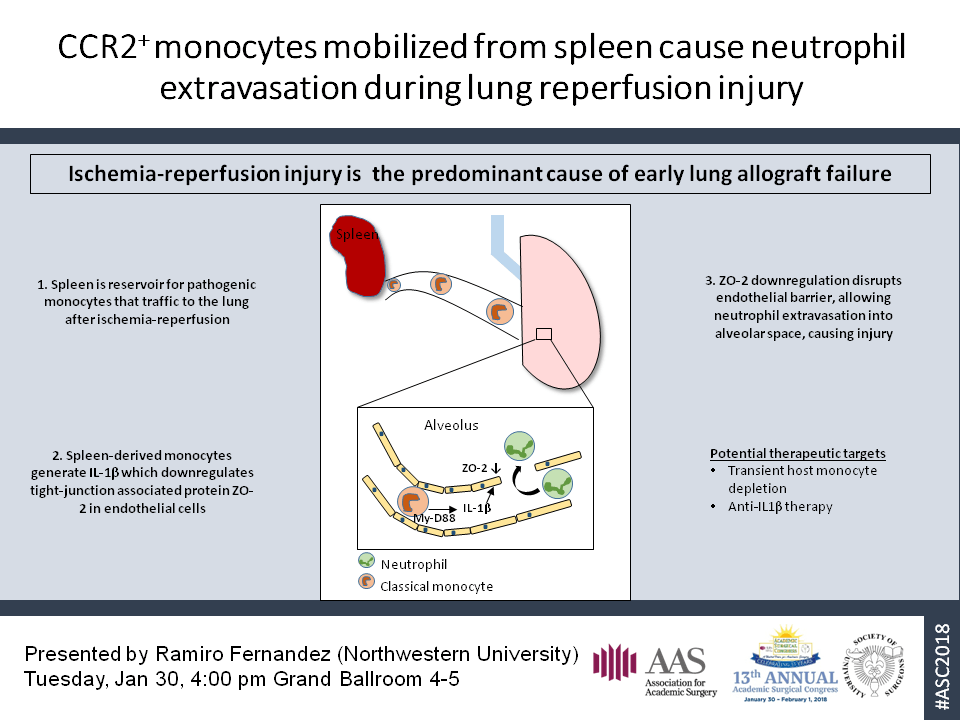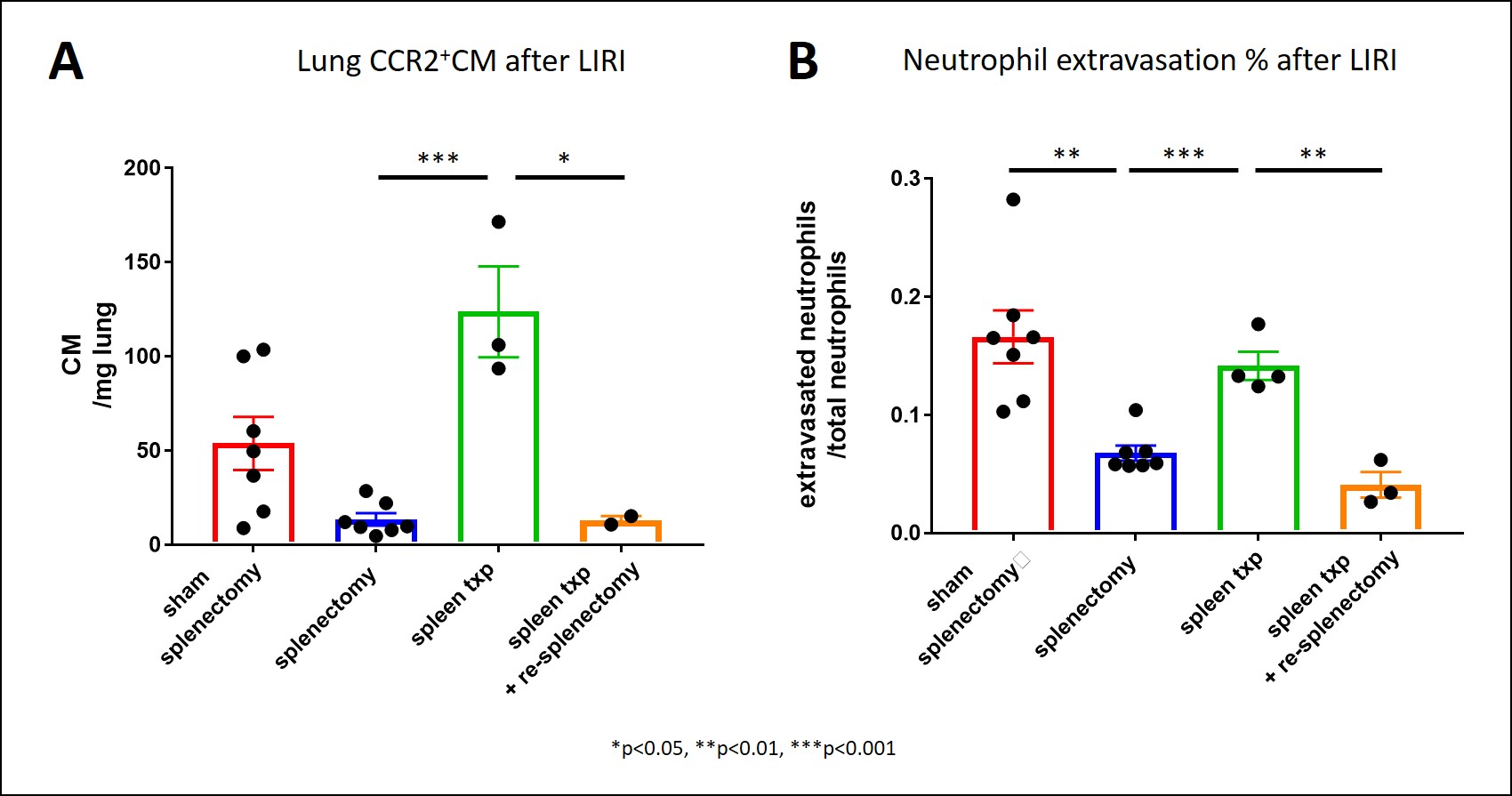J. P. Fryer4, B. C. George1, B. D. Bohnen2, S. L. Meyerson4, M. C. Schuller4, A. H. Meier5, L. Torbeck3, S. P. Mandell6, J. T. Mullen2, D. S. Smink7, J. G. Chipman8, E. D. Auyang9, K. P. Terhune10, P. E. Wise11, J. N. Choi3, E. F. Foley13, M. A. Choti12, C. Are15, N. J. Soper4, K. D. Lillemoe2, J. B. Zwischenberger14, G. L. Dunnington3, R. G. Williams3 1University Of Michigan,Ann Arbor, MI, USA 2Massachusetts General Hospital,Boston, MA, USA 3Indiana University School Of Medicine,Indianapolis, IN, USA 4Northwestern University,Department Of Surgery,Chicago, IL, USA 5State University Of New York Upstate Medical University,Syracuse, NY, USA 6University Of Washington,Seattle, WA, USA 7Brigham And Women’s Hospital,Boston, MA, USA 8University Of Minnesota,Minneapolis, MN, USA 9University Of New Mexico HSC,Albuquerque, NM, USA 10Vanderbilt University Medical Center,Nashville, TN, USA 11Washington University,St. Louis, MO, USA 12University Of Texas Southwestern Medical Center,Dallas, TX, USA 13University Of Wisconsin,Madison, WI, USA 14University Of Kentucky,Lexington, KY, USA 15University Of Nebraska College Of Medicine,Omaha, NE, USA
Introduction. Surgical residency training should produce surgeons capable of performing core procedures competently and independently. As residents’ operative performances improve, faculty should allow greater autonomy. In this study we seek to identify and define situations where the operative autonomy levels granted to residents was inconsistent with their operative performance.
Methods. Surgical faculty provided operative performance ratings for PGY1-5 residents from 14 U.S. general surgery residency programs using the SIMPL smartphone app. For each procedure the supervising surgeon assessed the resident’s operative performance and indicated the level of autonomy that the resident was granted during that procedure. Performance was assessed using an ordinal operative performance scale and autonomy was characterized using the Zwisch autonomy scale. Concordance between performance and autonomy scores was defined as concurrent scores of either “practice ready (performance) or above and meaningful autonomy” (Zwisch) [aka PR/MA] or “not practice ready or above and not meaningfully autonomous” [NPR/NMA]. Discordant scores were “practice ready or above and not meaningfully autonomous” (PR/NMA) as well as “not practice ready or above and meaningfully autonomous” (NPR/MA). The supervising surgeon also indicated the patient-related complexity of the case. Multiple variables were investigated to determine their impact on resident operative autonomy including: resident performance, PGY level, patient-related case complexity, procedure-related complexity, procedure frequency, core vs. specialty procedures.
Results. During the study period 10964 SIMPL assessments that included both a performance score and an autonomy score were collected from 493 different surgeons assessing 615 different residents. 80% of assessments were concordant; including 39% rated as PR/MA and 41% as NPR/NMA. Of the 20% of discordant assessments, most (14.4%) were NPR/MA while the remaining 5.6% were PR/NMA. NPR/MA was the predominant discordant rating in PGY1-4 residents. In PGY5 residents PR/NMA ratings (8.9%) were slightly more frequent than NPR/MA ratings (8.2%). All but 7 surgical attendings (1.4%) provided opportunities for meaningful autonomy on at least one occasion. High volume and easy cases were more frequently performed under meaningfully autonomous circumstances. Operative performance quality accounted for 74% of the variance in the faculty surgeons’ decisions about the level of autonomy allowed (F=341.84; p<0.05).
Conclusions. Faculty autonomy granted to surgical residents was concordant with resident performance in most cases. When discordant, faculty most commonly provided meaningful autonomy when the performance was less than practice ready, a combination to be expected on occasion during training. Few surgical attending surgeons provided no opportunities for autonomous resident operative performance.








